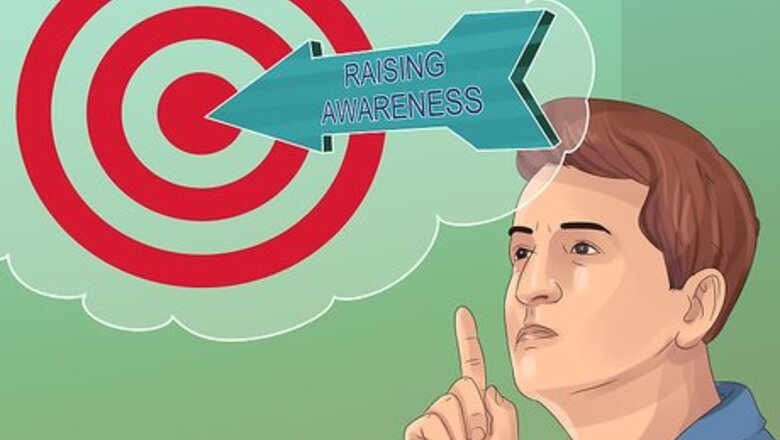
views
Building Your Campaign

Determine your goals. Your primary goal is raising awareness, but you need to narrow that to more specific goals. For instance, create specific goals like "Influence people who make policy decisions." Your awareness campaign may be smaller; maybe you mainly want to influence people who have the power to make changes, such as school officials or upper level management at work. Other goals could be to find other allies, increase public knowledge, or work on changing the conversation around the issue.
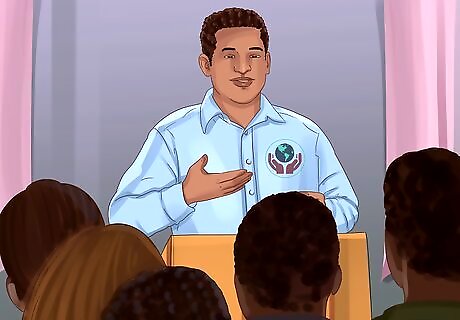
Advocate for specific actions. While raising awareness is important, your campaign should encourage people to take action, as well. As you think about your campaign, determine what you want people to do with the knowledge you're giving them. For instance, if your goal is to raise awareness about education inequality, what actions do you want people to take? Do you want them to vote for more tax money to be put towards education? Do you want them to donate to schools? Do you want them to vote in favor of teacher raises? Do you want them to contact their local officials? You can have more than one action you want people to take, but you should know ahead of time what you want those actions to be.
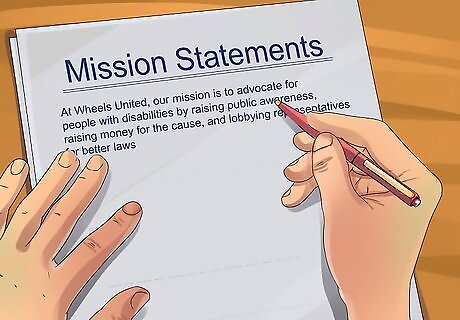
Draft a mission statement. A mission statement is just a short statement that tells what your campaign is about. Usually, it's a single, long sentence. When writing it, include your main goals and the actions you are working towards. For instance, your mission statement could be something to the effect of, "Power Up! aims to raise awareness about the environmental impact of recycling, to encourage people to recycle more, and to advocate for better recycling programs across the state." Another mission statement could be, "At Wheels United, our mission is to advocate for people with disabilities by raising public awareness, raising money for the cause, and lobbying representatives for better laws."

Check your facts. Before you can educate others, you need to know the facts yourself. Use reputable websites and books to learn about the issues on both sides of your cause, so you can be ready for anything. Look for websites with the extensions ".edu," ".gov," or ".org" for more reputable sites. Always consider who's presenting the information. Do they have a reason to be biased?
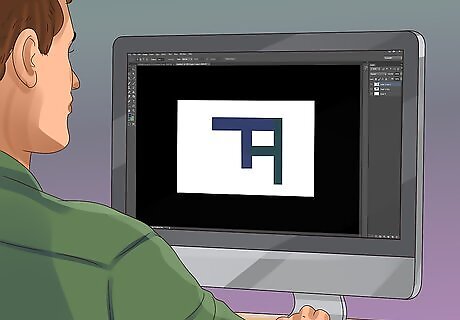
Create a recognizable logo. You don't need to have a fancy, professionally designed logo. However, a logo helps people identify your campaign easily. Create a logo for the campaign, and build your campaign's brand around it. Also, choose a set of colors to use on your campaign, for the same reasons.
Gathering People to Help

Check to see if someone is already doing the work. If there's already a national campaign for your cause, let them do the hard work. That is, join the national campaign, and use their materials to help raise awareness instead of creating everything yourself.

Invite friends and family to join you. If you want to reach a wide audience, getting other people on board can only help. Ask people who are sympathetic to your cause if they'd like to get involved with developing your campaign.

Find and talk to experts. Talk to experts to figure out what you're doing right and what you're doing wrong. Many experts will be willing to help out with your campaign. While you're there, ask for a quote to use in your promotional materials, as well as for assistance with building your promotional materials.
Creating a Web Presence
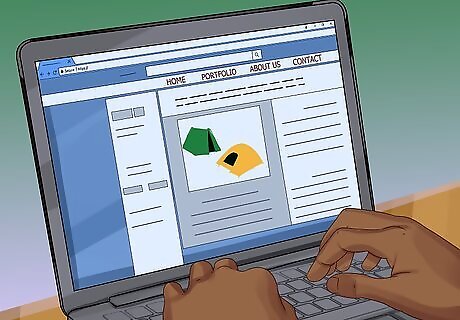
Create a website. Use a website to give people a single place to refer back to and to keep all your information in one place. You don't need to know how to code to build a website. Use a software program to design your website, or pick a pre-designed one. Make your mission statement clear on your "About Us" page. Include information from your campaign. Create an area with up-to-date information on how people can get involved, and leave a place where people can contact you. Make the website easy to share. If the website is not easy to share, people won't do it. That means that you need to have a share button for all major social media networks on every page. Then, all people have to do is click to share.

Build a presence on social media. Social media platforms are a great way to connect with people. Build pages or accounts specifically for your cause, using your logo as the picture. Include your mission statement and a link to your website, so that people can find out more.

Invite people to follow you. Ask your friends and family to join the cause. Then ask them to invite their friends along. It's also helpful to use social media platforms that let you connect to people beyond just your followers, so you can find new people for your cause. For instance, Instagram and Twitter allow you to add hashtags to your posts. People can look through posts under one hashtag, so they may find your campaign that way. The key is to pick popular hashtags.
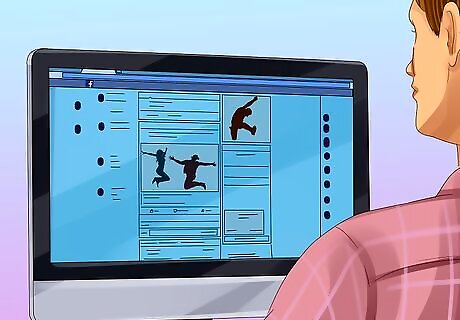
Include fun posts. You can't just build a presence and expect the work to be done. You have to connect with your followers. Posting information about your cause is important, but most people are turned off by pages that are serious all the time. Include relevant fun stuff, too, to encourage your audience to stay and invite others to join. For instance, you could include quizzes about how much knowledge your audience has on your issue, polls on what logo or color is best, and even just fun little giveaways. You could also include memes about your issue, so you get in a laugh with your educational purpose. Also, engage with your audience. Don't just throw information at them. Ask questions, and encourage participation. Answer people when they ask questions about your campaign on your social media accounts.
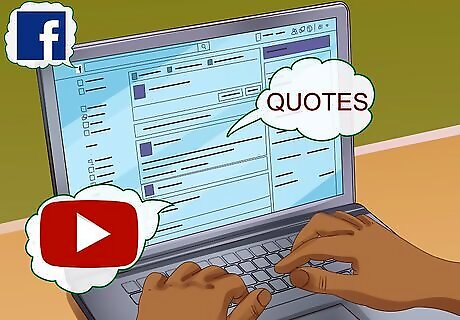
Make your message easily shareable. This step is especially important on social media. People will pass your message on, but only if you make it easy to do so. Use quotes, short videos, and even memes on your page, and people are likely to pass that information along on their own page.
Using Print Media
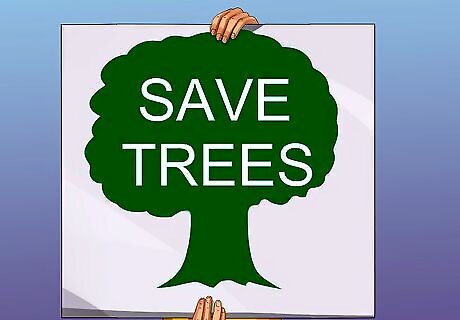
Create posters and fliers with basic information. Limit information on posters and fliers because people only give them 1 to 2 seconds of their time. Try to catch their eye with 1 big fact, and then give them a place to connect. Include your social media account or website at the bottom for more information.
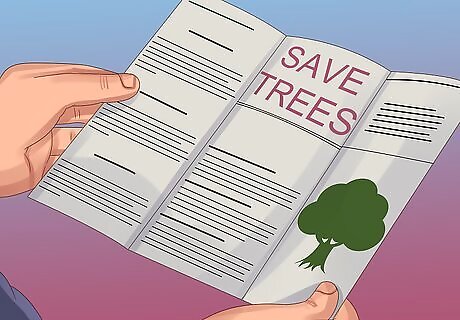
Make pamphlets with more information. A pamphlet is something a person can take with them. Print it on a standard sheet of paper. A common technique is to fold it into thirds with the bulk of the information inside the pamphlet. While you can include more information on a pamphlet, you still don't want to overload the person. Include the most important facts about the campaign, including where they can connect and what actions they can take.
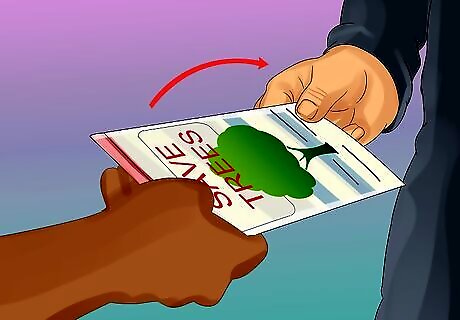
Disseminate information by distributing your print media. One of your primary goals is to educate people, so spend time spreading your message through print media. Hang fliers and posters around town. Ask if you can put out pamphlets at local organizations and businesses that are sympathetic.
Hosting and Promoting Educational Events

Ask for donations. Request donations for things like running your website, using print media, and hosting educational events. You can put a donation area on your website and ask for donations at events to help increase the reach of your campaign. It helps put people's minds at ease if you set up a nonprofit organization. However, you might not be at that stage yet. If you get money from donations, consider doing a mail-out campaign.

Speak at local organizations. Once you start making a name for yourself, you can ask to speak at local events. Many companies and organizations are happy to have occasional speakers, so call around to organizations you think would be relevant.
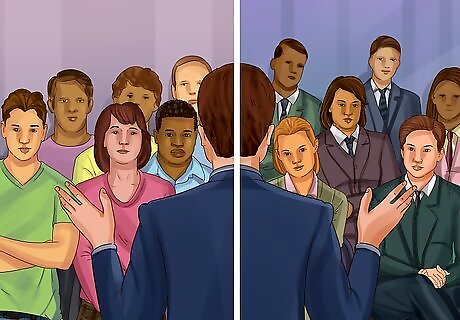
Segment your audiences. That is, know who you're presenting your message to and how they may or may not perceive it. For instance, if you're creating a campaign for better education in local schools, your message to a group of teachers is going to be different than your message to the general public or local officials. Think about each group you're going to be presenting your message to. If you know a group will support you, keep your message brief, such as explaining your main goals and asking for support. Be specific--and creative--about the range of things they can do, looking for what is easy or fulfilling. If your asking them to pass the message on to others, share arguments they can use as well as materials, web-links, etc. If the group you're presenting your message to is neutral or even antagonistic towards your message, you'll need to actually present an argument about why they should support your organization.

Host educational events. Ask local experts to speak about your cause, and host the event. Check with local businesses, your local library, your school, or even your company to see if they're willing to host speakers. Since education is one of your primary goals, using experts to speak about the issue can only help.

Create fundraising events. Know that donations will only take you so far. At some point, you're going to have to raise money yourself. Host events that both raise awareness of the cause and raise money. You can draw on your group of supporters to volunteer and run the event. For instance, if you're raising money for education, consider running a lock-in at the school for kids and parents. You could have games, food, and movies. Charge a small fee at the door, and sell tickets for some games and food. Work in collaboration with other charities or brands to get your message across and raise funds.
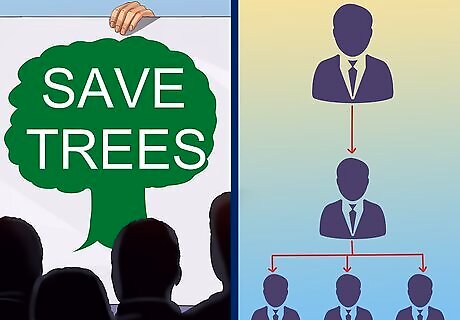
Promote events. You can use all forms of media to promote events. A flier or poster can be used to get people's attention in public places, while social media can help you reach both current and new followers of the campaign. Always ask people to share with their friends, so you can raise awareness with new people.










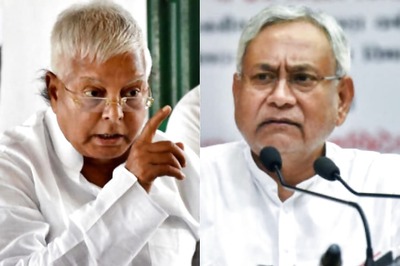








Comments
0 comment